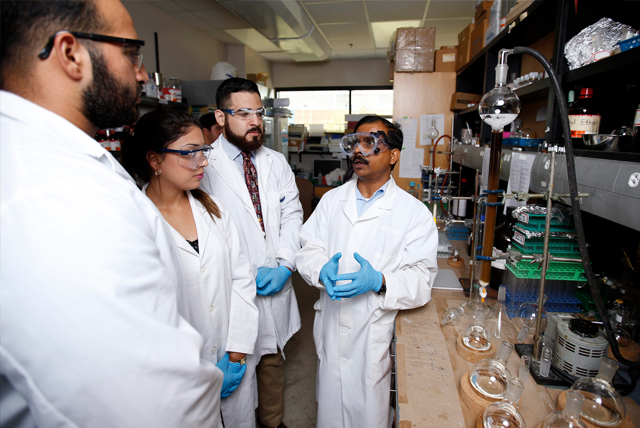Occurrence and Characterization of Verocytotoxigenic Escherichia coli (VTEC) Strains from Dairy Farms in Trinidad
Document Type
Article
Publication Date
3-2007
Abstract
A cross-sectional study was conducted to determine the prevalence and characteristics of verocytotoxigenic Escherichia coli (VTEC) on 25 dairy farms each located in Waller field and Carlsen field farming areas in Trinidad. On each selected farm, faecal samples were collected from milking cows, calves and humans; rectal swabs were obtained from pet farm dogs; bulk milk was sampled as well as effluent from the milking parlour. Escherichia coli was isolated from all sources on selective media using standard methods. Isolates of E. coli were subjected to slide agglutination test using E. coli O157 antiserum, vero cell cytotoxicity assay to detect verocytotoxin (VT) and heat labile toxin (LT) production, the polymerase chain reaction (PCR) to detect VT genes, and the dry spot test to screen for E. coli O157 and non-O157 strains. In addition, faecal samples from animal and human sources were tested for VT genes using PCR. Of a total of 933 E. coli isolates tested by the slide test, eight (0.9%) were positive for the O157 strain. The vero cell cytotoxicity assay detected VT-producing strains of E. coli in 16.6%, 14.6%, 3.2% and 7.1% of isolates from cows, calves, farm dogs and humans respectively (P < 0.05; χ2). For LT production, the highest frequency was detected amongst isolates of E. coli from calves (10.8%) and the lowest (0.0%) amongst isolates from humans and bulk milk (P < 0.05; χ2). Of the 61 VT-producing isolates by vero cell cytotoxicity assay tested by PCR, the VT, LT and eae genes were detected in 62.3%, 4.9% and 1.6% respectively (P < 0.05; χ2). Amongst the 45 E. coli isolates that were VT positive (vero cell) or VT-gene positive by PCR, 2.2%, 2.2%, 4.4% and 6.7% belonged to non-O157 strains O91, O111, O103 and O157, respectively, as determined by the Dry spot test. Detection of VTEC strains in milk and dairy animals poses a health risk to consumers of milk originating from these farms. In addition, the demonstration of VTEC strains in humans, VT gene in faecal samples and E. coli isolates as well as non-O157 VTEC strains of E. coli are being documented for the first time in the country.
Recommended Citation
Roopnarine, R.R., Ammons, D., Rampersad, J. and Adesiyun, A.A. (2007), Occurrence and Characterization of Verocytotoxigenic Escherichia coli (VTEC) Strains from Dairy Farms in Trinidad. Zoonoses and Public Health, 54: 78-85. https://doi.org/10.1111/j.1863-2378.2007.01024.x
Publication Title
Zoonoses and Public Health
DOI
https://doi.org/10.1111/j.1863-2378.2007.01024.x



Comments
Copyright 2007 The Authors